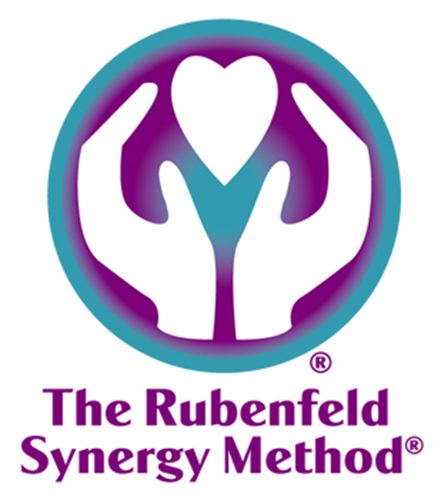 |
| Royal jelly |
Royal jelly, which is sometimes called bee’s milk, is a thick creamy liquid secreted by special glands in young worker bees who serve as “nurses” to the hive.
All bee larvae are fed a small amount of royal jelly mixed with honey for the first three days of their lives. Starting on day four, however, most of the bees are weaned from this diet and develop into worker bees.
But one bee, hatched from an egg identical to the rest, is fed exclusively on royal jelly. That bee becomes the queen.













































